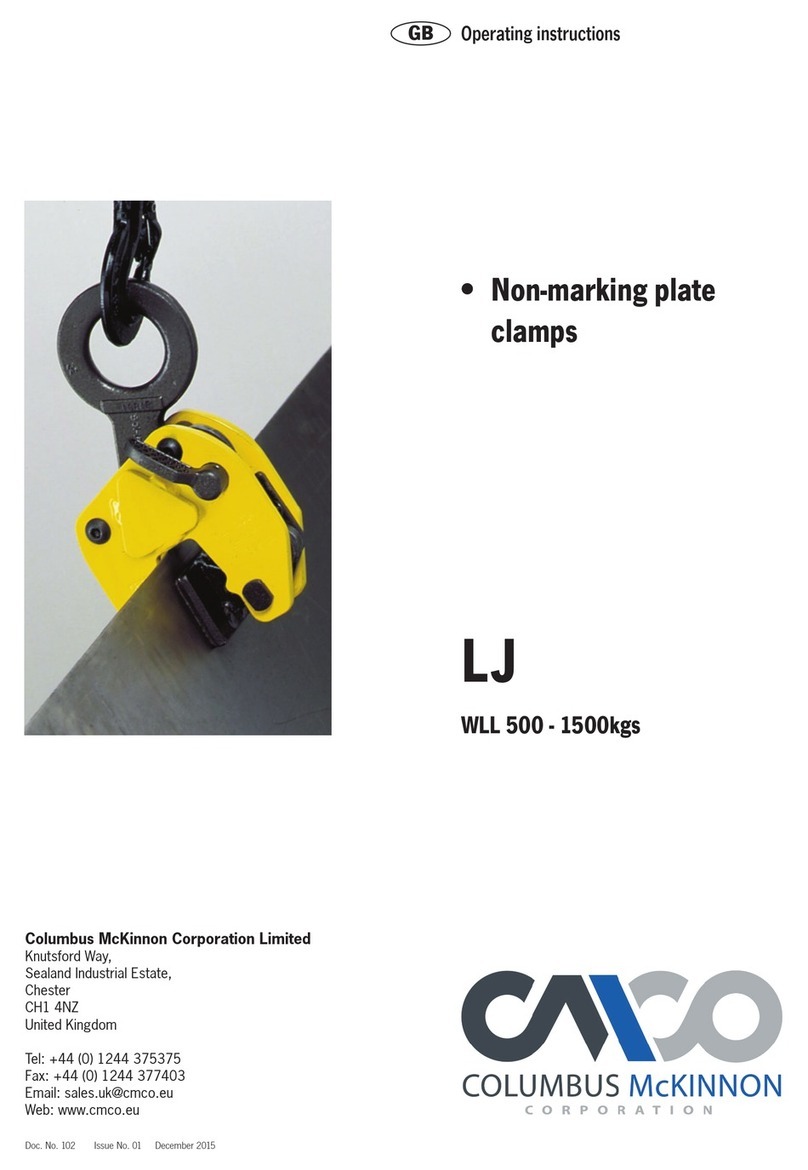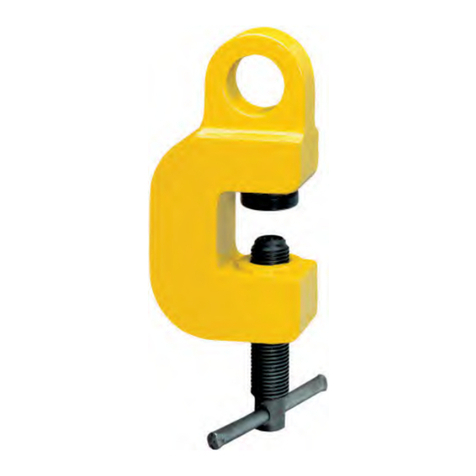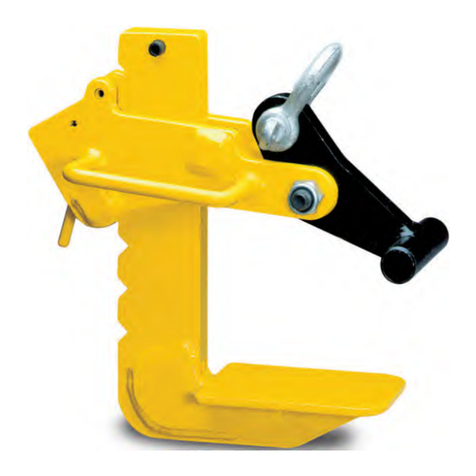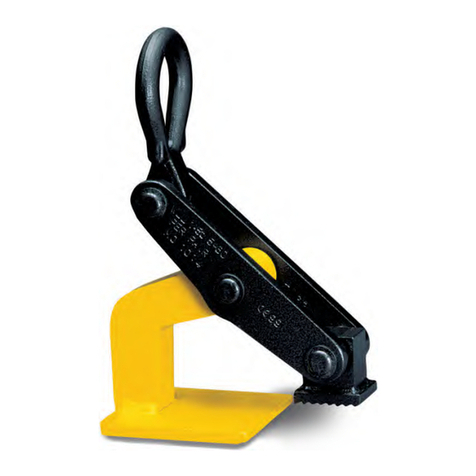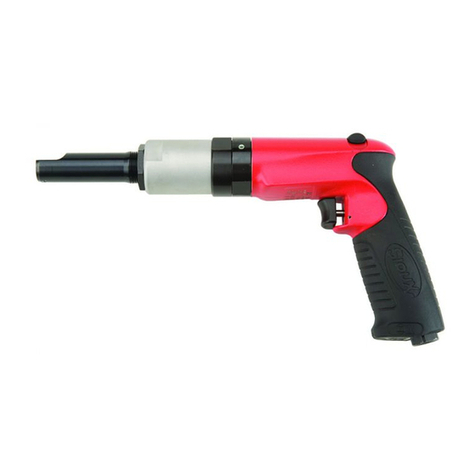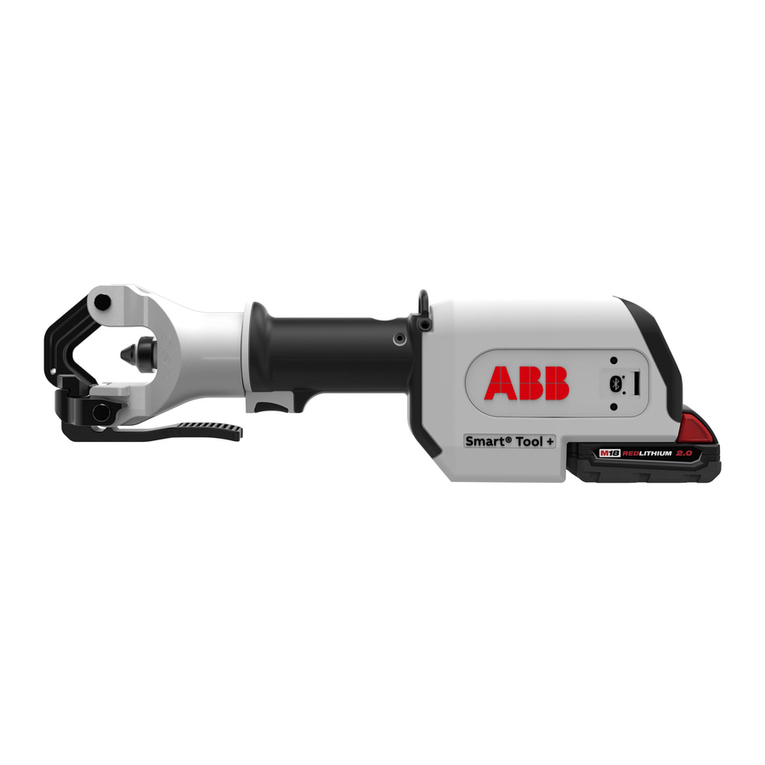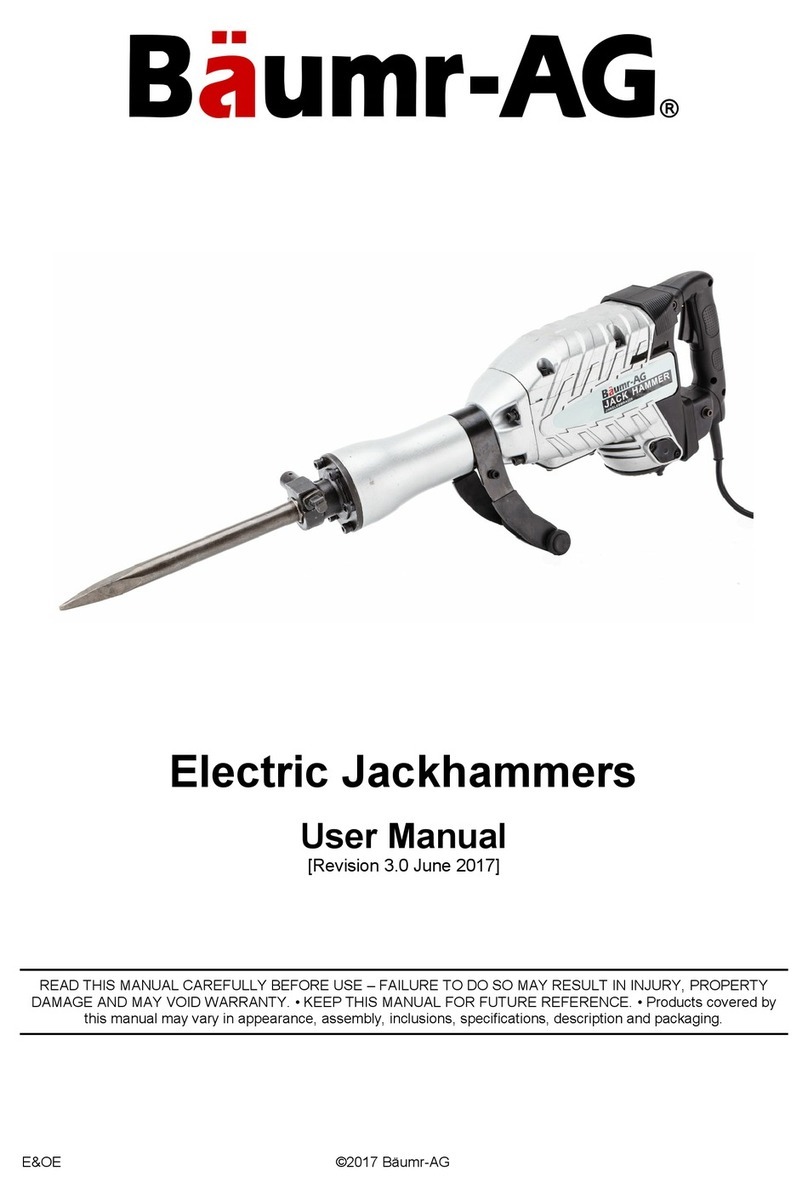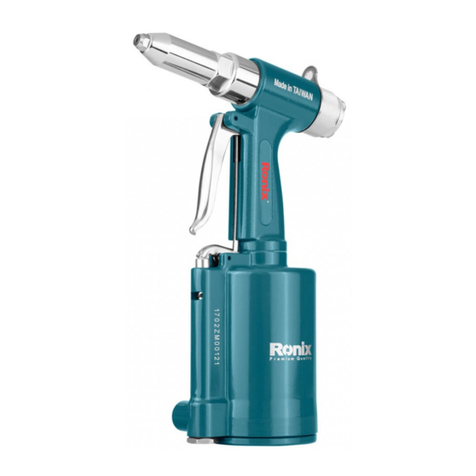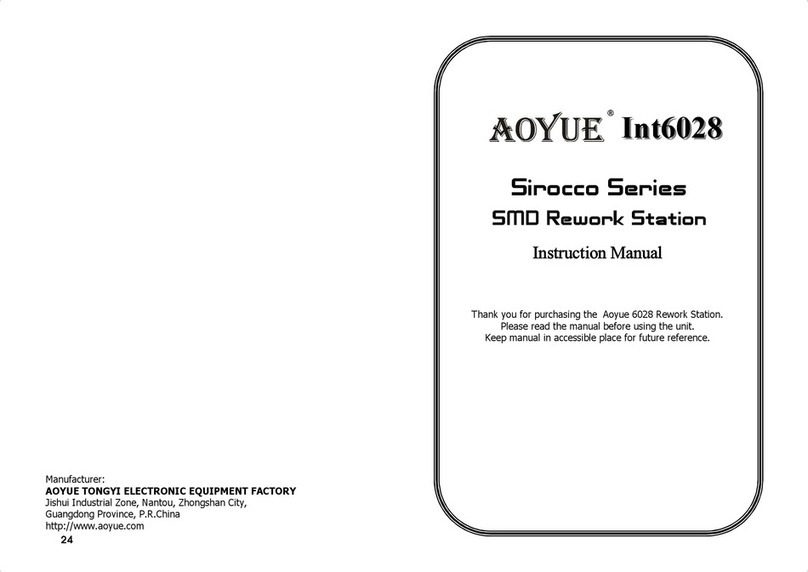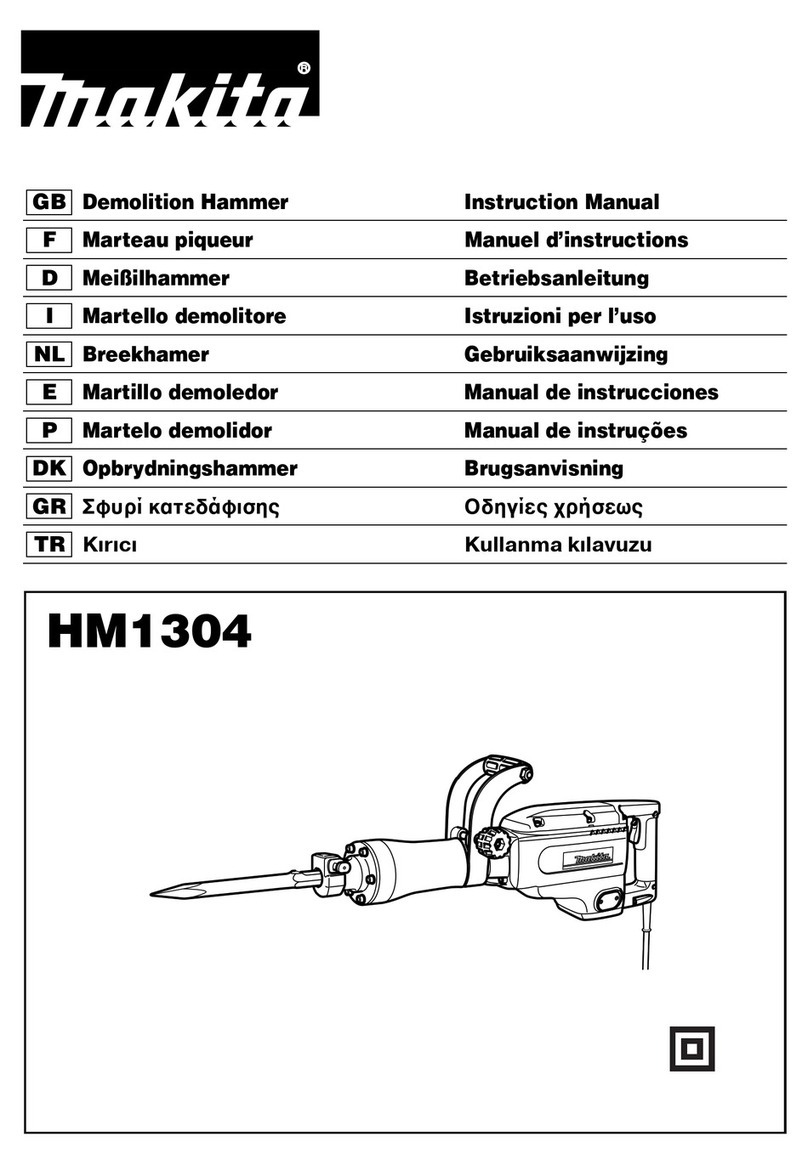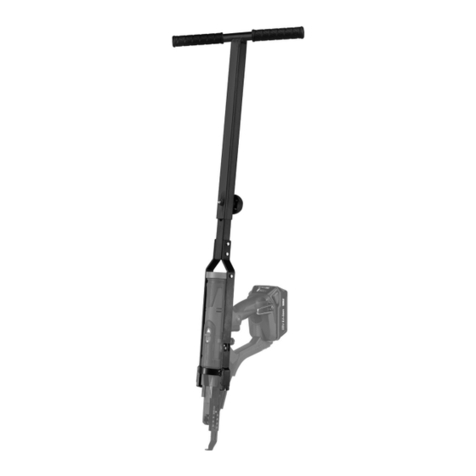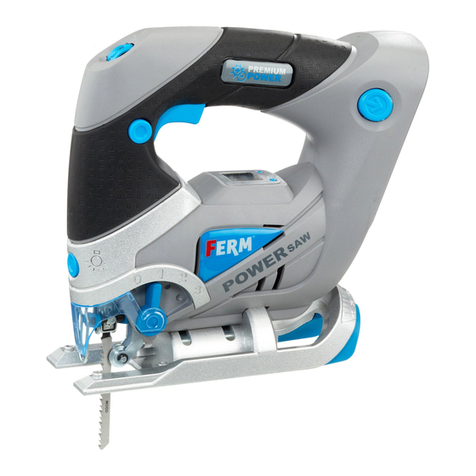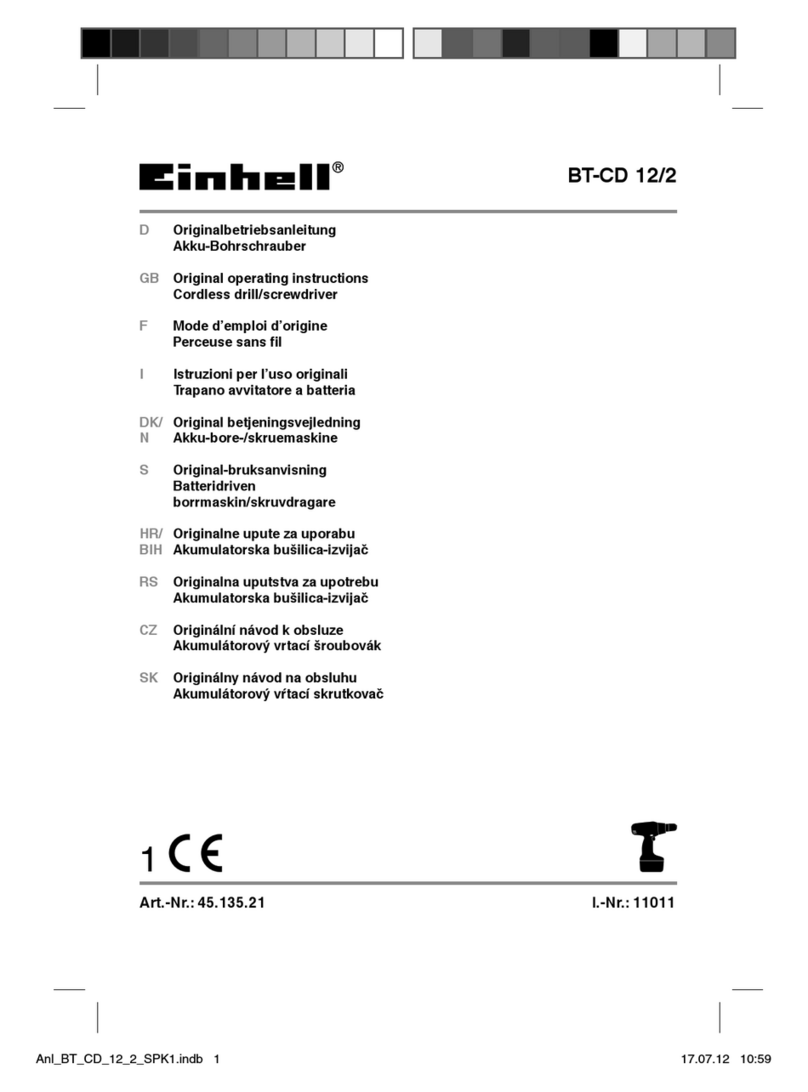
5 von 12
- Prior to operation of the load lifting attach-
ment in special atmospheres (high humidity,
salty, caustic, alkaline) or handling hazard-
ous goods (e.g. molten compounds, radioac-
tive materials), consult the manufacturer for
advice.
- Always transport the load slowly, carefully
and close to the ground.
- The supporting pins or the shackle of the
load lifting attachment must have sufficient
space in the crane hook of the attached unit
and be freely articulating.
- For attaching a load, only approved and
certified lifting tackle must be used.
- Correct operation involves compliance with
the operating instructions and in addition
also compliance with the maintenance
instructions.
- In case of functional defects or abnormal
operating noise, stop using the load lifting
attachmen immediately.
INCORRECT OPERATION
(List not complete)
- Do not exceed the rated load capacity (WLL)
of the unit and/or the suspension and the
supporting structure.
- Removing or covering labels (e.g. by adhe-
sive labels), warning information signs or the
identity plate is prohibited.
- Only loads within the specified jaw capacity
must be picked up (Tab.1).
- When transporting loads ensure that the load
does not swing (Fig.1) or come into contact
with other objects.
- Welding work on the unit is prohibited. The
unit must never be used as a ground con-
nection during welding (Fig.2).
- Incorrect suspending and side loading of
the load lifting attachment, i.e. side pull (in
particular when the unit is used as a lifting
clamp) is forbidden (Fig.3, Fig. 6).
- A unit changed without consulting the
manufacturer must not be used.
- Do not use the load lifting attachment for the
transportation of people (Fig. 5).
- Do not use the threaded spindle for lifting
and/or attaching loads by means of ropes,
belts or chains.
- Only one beam may be transported at a time
with the load lifting attachment.
- Never reach into moving parts.
- Do not allow the unit to fall from a large
height. Always place it properly on the
ground.
- The unit must not be used in potentially
explosive atmospheres.
ASSEMBLY
- Open the load lifting attachment by turning
the spindle counter-clockwise until it can be
set down onto the beam (Fig.7).
- By turning the spindle clockwise, the load
lifting attachment is closed. The clamping
jaws must fully reach around the edges of
the beam flange so that the load points rest
on the surface of the beam flange.
- The load lifting attachment can be secured
against unintended loosening or opening.
To do this, the threaded pin (Fig.8, Pos. 8)
which is fitted in the longitudinal axis of
the tensioning nut (Fig.8, Pos.11), must
be tightened using a hexagon socket key.
A copper flat on the tip of the threaded pin
prevents damage to the spindle.
- When removing the load lifting attachment,
the threaded pin has to be loosened first.
- The load must always be hung in the centre
of the shackle or the thinner portion of the
suspension bar.
INSPECTION BEFORE INITIAL
OPERATION
Prior to initial operation, before it is put
into operation again and after substantial
changes, the product including the supporting
structure must be inspected by a competent
person*. The inspection mainly consists of a
visual inspection and a function check. These
inspections are intended to establish that the
load lifting attachment is in a safe condition,
has been set up appropriately and is ready for
operation and that any defects or damage are
detected and eliminated, as required.
*Competent persons may be, for example, the
maintenance engineers of the manufacturer or
the supplier. However, the company may also
assign performance of the inspection to its
own appropriately trained specialist personnel.
INSPECTIONS BEFORE STARTING
WORK
Before starting work, inspect the unit including
the suspension, equipment and supporting
structure for visual defects, e.g. deformations,
damage, cracks, wear and corrosion marks.
In addition also check that hoist and/or load
are correctly attached.
It must be possible to turn the (unsecured)
threaded spindle easily into both directions
over the entire length of the adjusting range.
Inspection of the supporting structure
- The supporting structure has to be selected
to ensure that it has sufficient stability and
the expected forces can be safely absorbed.
- Make sure that no impermissible additional
loading may occur as a result of fitting the
hoist (e.g. by side pull).
- The selection and calculation of the appropri-
ate supporting structure are the responsibil-
ity of the operating company.
Inspection of the supporting pin
The supporting pin must be checked for
cracks, deformations, damage, wear and
corrosion marks. In particular, check the
material thickness on the thinnest point. The
supporting pin must be replaced, as soon
as the load carrying cross section has been
reduced by 5% as a result of wear or damage.
Inspection of assembly on the beam
Check the threaded spindle for perfect fit.
Re-tighten the securing pin, as required.
INSPECTION, MAINTENANCE AND
REPAIR
According to national and international acci-
dent prevention and safety regulations load
lifting attachments must be inspected:
• in accordance with the risk assessment of
the operating company
• prior to initial operation
• before the unit is put into service again
following a shut down
• after substantial changes
• however, at least once per year, by a
competent person.
ATTENTION: Actual operating conditions
(e.g. operation in galvanizing facilities) can
dictate shorter inspection intervals.
Repair work may only be carried out by a spe-
cialist workshop that uses original Yale spare
parts. The inspection (mainly consisting of a
visual inspection and a function check) must
determine that all safety devices are complete
and fully operational and cover the condition
of the unit, suspension, equipment and sup-
porting structure with regard to damage, wear,
corrosion or any other alterations.
Initial operation and recurring inspections
must be documented (e.g. in the CMCO works
certificate of compliance).
If required, the results of inspections and
appropriate repairs must be verified.
Paint damage should be touched up in order to
avoid corrosion. All joints and sliding surfaces
should be slightly greased. In the case of heavy
contamination, the unit must be cleaned.
